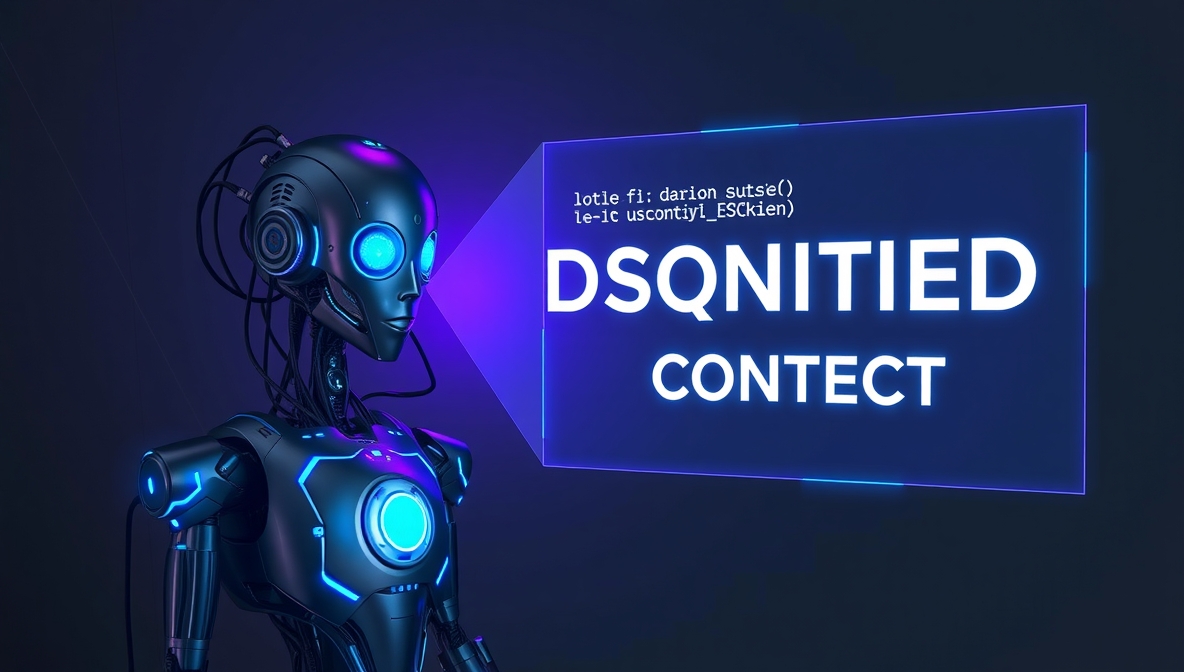Modern society has transformed the way individuals and communities interact, both online and offline. At the core of this transformation lies the concept of disquantified contact, a phrase that may seem unfamiliar but carries profound implications. To understand it, one must look deeper into how communication has shifted from structured, face-to-face encounters to fluid exchanges that often lack traditional boundaries. The rise of technology, social networks, and hybrid modes of interaction has blurred lines between intimacy, distance, presence, and absence. This subtle evolution has redefined human connection on personal, cultural, and even psychological levels.
The Evolution of Communication
Human beings have always relied on interaction as the foundation of society. From oral traditions in ancient tribes to letters, telegraphs, and modern digital platforms, the modes of communication have been shaped by both necessity and innovation. What once required physical presence can now be achieved across continents with a click. Yet within this transformation, disquantified contact emerges as a defining phenomenon. It represents connections that are no longer measured strictly by time, proximity, or physicality. Instead, it reflects encounters that transcend traditional markers of communication, creating a flexible but sometimes ambiguous form of interaction. Justalittlebite
As communication technologies advanced, human relationships followed suit. Video calls collapse geographical boundaries, social media platforms erase time zones, and online forums bring together voices from diverse cultures. These interactions may not always carry the same depth as in-person exchanges, but they represent the fluidity of a world where immediacy often outweighs permanence.
The Role of Technology in Shaping Interactions
Technology is the primary engine driving the way modern humans connect. The shift from analog to digital introduced instant messaging, voice notes, streaming, and virtual reality gatherings. Within this ecosystem, disquantified contact becomes more apparent, as individuals experience interactions that are fragmented yet continuous. A single conversation may unfold over hours, days, or weeks, without the need for uninterrupted presence.
Platforms like WhatsApp, Zoom, and even multiplayer gaming environments illustrate how communication is both stretched and condensed. One might leave a message in the morning, receive a reply in the evening, and still feel connected in real-time. This continuity without rigidity creates a paradox: contact is both immediate and indefinite, structured yet undefined. Technology has expanded the possibilities of interaction while simultaneously reducing the need for conventional markers such as face-to-face consistency.

Psychological Dimensions of Modern Contact
While communication technologies enhance accessibility, they also affect the human psyche in subtle ways. The feeling of presence without physicality can alter emotional responses. For instance, a person may feel closer to an online friend thousands of miles away than to a neighbor across the street. This is where disquantified contact reveals its complexity. Relationships can thrive without consistent physical meetings, yet they may also lack the grounding elements that provide stability.
Psychologically, this phenomenon raises questions about attachment and identity. The mind adapts to partial presences, asynchronous replies, and transient signals. For some, this flexibility reduces loneliness and enhances belonging. For others, it produces anxiety, as the lack of predictable engagement leaves room for uncertainty. In both cases, the emotional fabric of society is being rewoven to accommodate a new norm of interaction. beyond numbers disquantified
Social Implications of Fluid Connections
Social structures depend on predictable forms of interaction, whether in families, workplaces, or communities. With the rise of disquantified contact, these structures must adjust to accommodate irregular yet impactful engagements. Family members living abroad, for example, may rely on sporadic calls and messages to maintain bonds. While this may seem fragmented, it sustains emotional closeness across distances.
In workplaces, hybrid models demonstrate how flexibility can replace traditional schedules. Teams no longer rely solely on physical meetings but instead coordinate through asynchronous platforms. Messages left at night may be addressed the following morning, creating productivity cycles that defy rigid timelines. Communities, too, form around digital spaces where individuals connect without ever meeting in person. These shifts highlight how disquantified interaction reshapes the social order, challenging long-held assumptions about presence, absence, and commitment.
The Cultural Transformation of Contact
Culture is both a reflection of communication and a driver of its evolution. In many societies, rituals once emphasized physical proximity: gatherings, festivals, and face-to-face storytelling. Today, however, cultural exchange often occurs in digital formats. The popularity of streaming concerts, online book clubs, and digital religious gatherings exemplifies this change. Within these spaces, disquantified contact allows participants to feel included even when engagement is fragmented.
The cultural implications are vast. Traditions are preserved in new forms, diasporic communities maintain connections with their roots, and marginalized voices find spaces to express themselves globally. At the same time, cultural dilution is a risk, as fragmented encounters may lack the depth of embodied experiences. Still, the flexibility of disquantified interaction ensures that culture adapts to remain relevant in an increasingly connected yet decentralized world. 2579xao6
The Economics of Connection
Beyond personal and cultural realms, interaction also has economic consequences. Businesses, entrepreneurs, and corporations depend on communication to thrive. The rise of digital commerce has normalized negotiations, customer service, and collaborations without physical meetings. In this context, disquantified contact operates as both a tool and a challenge. It allows deals to progress over weeks with intermittent exchanges, yet it may hinder efficiency when clarity is lacking.
Remote work epitomizes this shift. A manager in one time zone may assign tasks to employees across continents, relying on asynchronous communication to bridge gaps. Clients expect businesses to be responsive even when exchanges are scattered. While this reduces costs associated with travel and office spaces, it requires new strategies to ensure accountability and cohesion. The economic fabric of globalization is now tightly interwoven with the principles of flexible contact.
Challenges of Fragmented Interaction
While flexibility is a strength, it also creates challenges. The absence of consistent presence can lead to misunderstandings, misinterpretations, and weakened commitments. In personal relationships, delayed replies may be perceived as disinterest. In professional settings, unclear communication may cause delays. These issues highlight the paradox of disquantified contact, which enables connection but sometimes undermines stability.
Furthermore, reliance on fragmented interactions may weaken interpersonal skills. Body language, tone, and subtle cues often get lost in digital spaces, leading to incomplete understanding. Over time, this may reduce empathy and patience, as individuals adapt to quick, transactional exchanges rather than immersive dialogue. ustudiobytes
Opportunities for Human Growth
Despite its challenges, fragmented interaction also offers opportunities for growth. It allows individuals to maintain relationships across long distances, learn new cultural perspectives, and explore identities in safe digital spaces. The adaptability required to thrive in environments shaped by disquantified contact may enhance resilience and creativity.
For example, students participating in international forums gain exposure to diverse viewpoints without the need for constant presence. Activists use digital platforms to mobilize communities, even with sporadic communication. Families separated by migration sustain love and care through flexible interactions. These opportunities demonstrate that the essence of human connection is not lost—it is transformed into new shapes.
The Future of Human Connection
Looking ahead, the evolution of interaction will continue. Technologies like artificial intelligence, augmented reality, and immersive virtual environments will create even more complex modes of engagement. The principles underlying disquantified contact will likely expand, allowing humans to experience presence without physicality in increasingly vivid ways.
The challenge for society will be balancing flexibility with stability, ensuring that relationships retain meaning despite fragmentation. Policies in workplaces, educational institutions, and social communities will need to address the psychological and cultural implications of fluid contact. The goal will not be to return to older forms of communication but to build systems that embrace flexibility while preserving depth.

Conclusion
Human interaction is a living, evolving phenomenon. From oral traditions to digital networks, every era reshapes the ways people connect. In the modern age, disquantified contact captures the essence of fluid, fragmented, yet powerful connections that define daily life. It influences psychology, culture, economics, and personal relationships, bringing both challenges and opportunities.
As the world moves forward, embracing this phenomenon will require reflection, adaptation, and intentionality. The future of communication is not about rejecting fragmentation but learning how to thrive within it. By recognizing the value and limitations of flexible interactions, society can ensure that human connection—though transformed—remains meaningful, resilient, and deeply human. feedworldtech
FAQs
Q1: What does disquantified contact mean?
Disquantified contact refers to forms of interaction that are not bound by traditional measures such as time, space, or continuous presence. It describes fragmented yet ongoing exchanges often found in digital communication, where people stay connected without being constantly engaged.
Q2: How is disquantified contact different from regular communication?
Regular communication usually follows a structured pattern—face-to-face meetings, scheduled calls, or consistent dialogue. In contrast, disquantified contact is flexible and irregular, where interactions may be spread across hours or days but still maintain a sense of connection.
Q3: What role does technology play in disquantified contact?
Technology is the driving force behind this phenomenon. Messaging apps, video calls, and online forums allow people to connect without physical presence. These tools make disquantified contact possible, enabling fluid exchanges that cross geographical and cultural boundaries.






